(NLDO) - The James Webb Space Telescope has just discovered a cosmic monster that scientists describe as "extraordinary".
Data from the world's most powerful space telescope, James Webb, has revealed a monster black hole - the nickname scientists give to supermassive black holes - the largest ever seen in the universe 13 billion years ago.
The monster was in a "passed out" state when observed by Earthlings, after a ravenous meal.
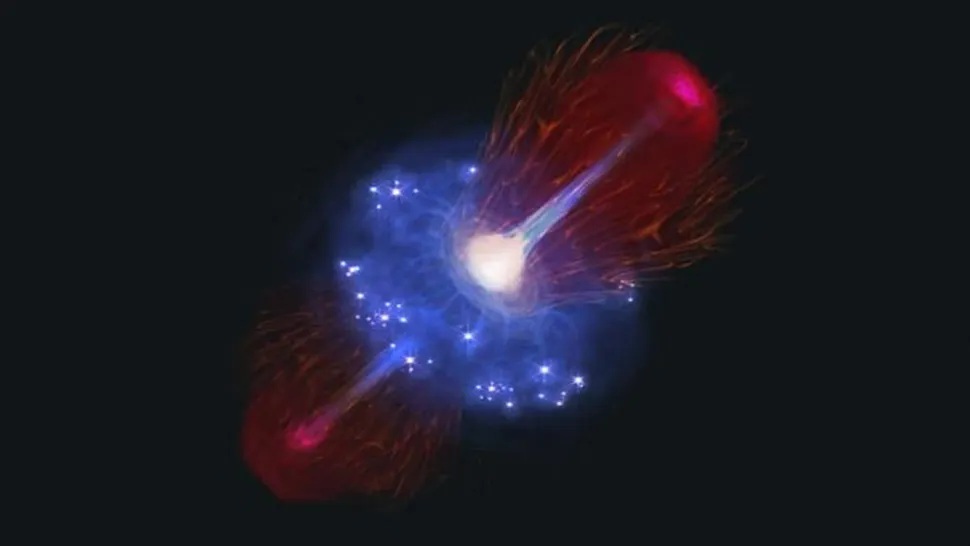
Illustration of a monster black hole overeating in the early universe - Graphic: Jiarong Gu
The light that created the image of the monster black hole that James recorded took billions of years to reach Earth, preserving the moment intact from 13 billion years ago, just 800 million years after the Big Bang event that created the universe.
According to Live Science, this black hole is called extraordinary because of its enormous size.
With a mass about 400 million times that of the Sun, it is the largest black hole James Webb has found in the early universe.
For comparison, the monster black hole Sagittarius A* at the center of our massive galaxy has a mass of about 4 million times that of the Sun.
The appearance of this ancient monster further complicates the mystery of how black holes grew in the early universe, according to an analysis in the scientific journal Nature .
For decades, astronomers believed that black holes grew by swallowing matter and merging over billions of years. So in a universe that is only 800 million years old, the time it would take for a black hole to reach the size of the one just discovered seems almost completely unreasonable.
Not only is it enormous, the mass difference between this black hole and its galaxy is extremely odd.
Most central black holes of galaxies have a mass equal to 0.1% of the mass of their parent galaxy, but this one has a mass of 40% that of its parent galaxy.
So it should have been eating like crazy to grow. But in the moment it was recorded, the black hole seemed to have only been nibbling away, about 1% of its maximum accretion limit.
Research team leader Ignas Juodžbalis from the Kavli Institute for Cosmology (UK) said the results led them to believe that the black hole had "passed out" after a big meal.
In that state, a black hole should be hard to detect. But this monster is so big that it still gives away its whereabouts. And most of all, it shows that the early universe was more complex than we thought, and could surpass the limits set by astrophysics.
"The early universe created some real monsters, even in relatively small galaxies," Dr Juodžbalis commented.
Source: https://nld.com.vn/xuyen-khong-13-ti-nam-den-trai-dat-quai-vat-vu-tru-ngat-lim-196241228072448607.htm




![[Photo] Closing of the 11th Conference of the 13th Central Committee of the Communist Party of Vietnam](https://vstatic.vietnam.vn/vietnam/resource/IMAGE/2025/4/12/114b57fe6e9b4814a5ddfacf6dfe5b7f)


![[Photo] Overcoming all difficulties, speeding up construction progress of Hoa Binh Hydropower Plant Expansion Project](https://vstatic.vietnam.vn/vietnam/resource/IMAGE/2025/4/12/bff04b551e98484c84d74c8faa3526e0)
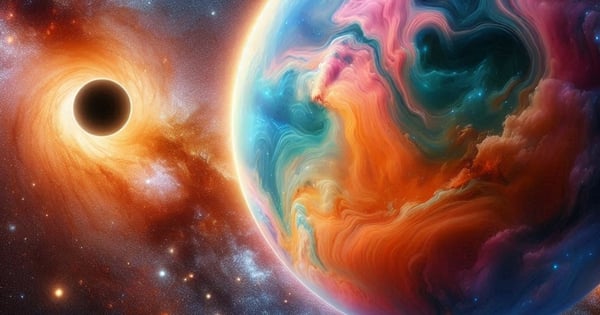
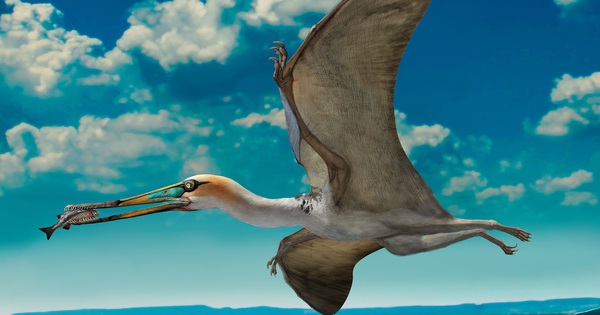


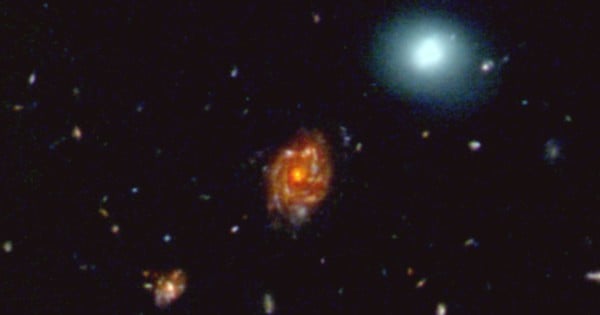
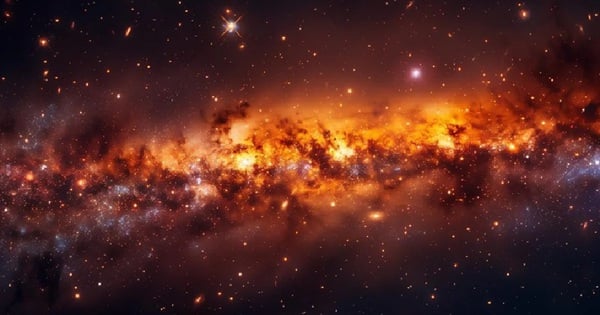




























































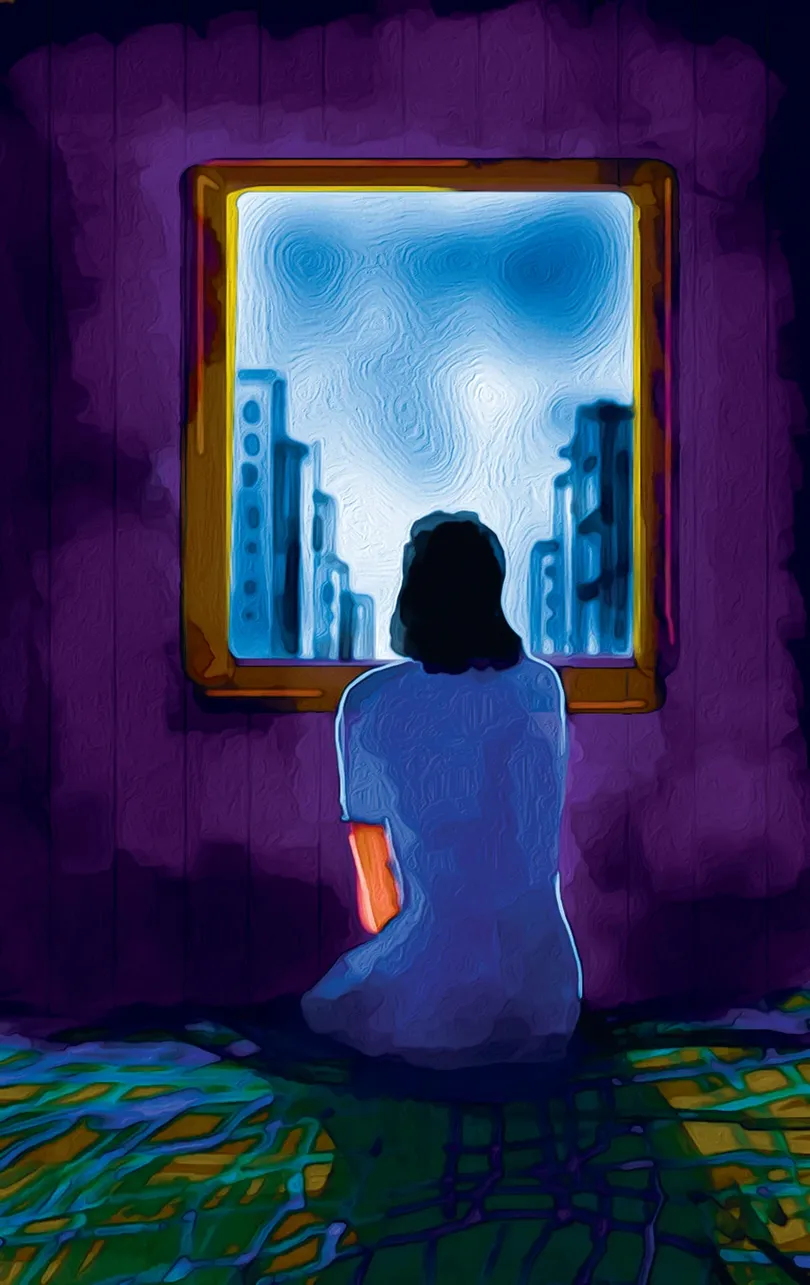

















Comment (0)